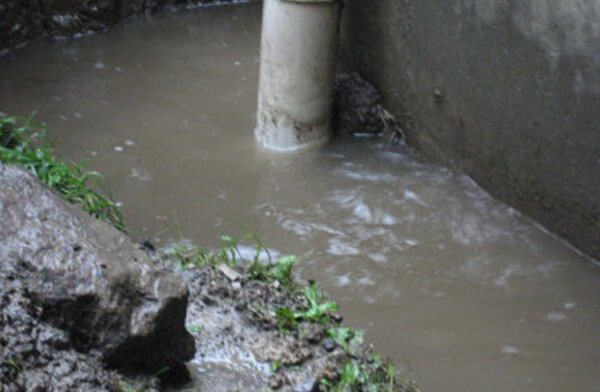Right here in the next paragraph you'll find a lot of outstanding news relating to Hacks to detect leaks.

Early detection of dripping water lines can minimize a prospective calamity. Aside from conserving you cash, it will certainly lessen the irritation and stress. The minute you locate a leak, calling your plumber for repair services is the very best service. Nonetheless, some tiny water leaks might not show up. Right here are some hacks that aid if you can not discover it with your naked eyes.
1. Examine the Water Meter
Inspecting it is a guaranteed way that helps you find leakages. If it relocates, that shows a fast-moving leakage. This suggests you might have a slow-moving leak that could also be underground.
2. Check Water Consumption
If you identify abrupt changes, despite your consumption being the exact same, it indicates that you have leakages in your plumbing system. An abrupt spike in your costs shows a fast-moving leakage.
A constant increase every month, even with the exact same behaviors, shows you have a slow-moving leakage that's also gradually rising. Call a plumber to extensively check your building, particularly if you really feel a warm area on your flooring with piping below.
3. Do a Food Coloring Examination
When it pertains to water usage, 30% comes from commodes. Test to see if they are running appropriately. Decline flecks of food shade in the tank as well as wait 10 mins. There's a leak in between the container and bowl if the color in some way infiltrates your dish throughout that time without flushing.
4. Asses Exterior Lines
Don't forget to inspect your outdoor water lines too. Ought to water permeate out of the connection, you have a loose rubber gasket. One small leak can lose loads of water and spike your water bill.
5. Assess the scenario and examine
Home owners need to make it a practice to inspect under the sink counters as well as even inside closets for any type of bad odor or mold and mildew development. These two warnings suggest a leakage so punctual attention is called for. Doing regular inspections, even bi-annually, can save you from a significant problem.
If you recognize your residence is already old, keep a watchful eye on your heaters, hoses, pipes etc. Look for stainings and damaging as the majority of devices as well as pipes have a life expectancy. They will likewise normally deteriorate due to deterioration. If you believe dripping water lines in your plumbing system, don't wait for it to intensify. Call a professional plumber immediately so you don't wind up with an awful mess in your house.
Early discovery of dripping water lines can minimize a possible calamity. Some small water leakages may not be noticeable. Examining it is a guaranteed means that helps you find leakages. One small leak can lose tons of water as well as spike your water expense.
If you think dripping water lines in your plumbing system, do not wait for it to rise.
WARNING SIGNS OF WATER LEAKAGE BEHIND THE WALL
PERSISTENT MUSTY ODORS
As water slowly drips from a leaky pipe inside the wall, flooring and sheetrock stay damp and develop an odor similar to wet cardboard. It generates a musty smell that can help you find hidden leaks.
MOLD IN UNUSUAL AREAS
Mold usually grows in wet areas like kitchens, baths and laundry rooms. If you spot the stuff on walls or baseboards in other rooms of the house, it’s a good indicator of undetected water leaks.
STAINS THAT GROW
When mold thrives around a leaky pipe, it sometimes takes hold on the inside surface of the affected wall. A growing stain on otherwise clean sheetrock is often your sign of a hidden plumbing problem.
PEELING OR BUBBLING WALLPAPER / PAINT
This clue is easy to miss in rooms that don’t get much use. When you see wallpaper separating along seams or paint bubbling or flaking off the wall, blame sheetrock that stays wet because of an undetected leak.
BUCKLED CEILINGS AND STAINED FLOORS
If ceilings or floors in bathrooms, kitchens or laundry areas develop structural problems, don’t rule out constant damp inside the walls. Wet sheetrock can affect adjacent framing, flooring and ceilings.
https://www.servicemasterbyzaba.com/blog/how-to-detect-water-leakage-in-walls/

Do you enjoy reading about Top leak detection hacks? Post feedback below. We'd be glad to find out your opinion about this blog post. We hope to see you back again soon. Sharing is nice. Helping others is fun. I love reading our article about Top leak detection hacks.